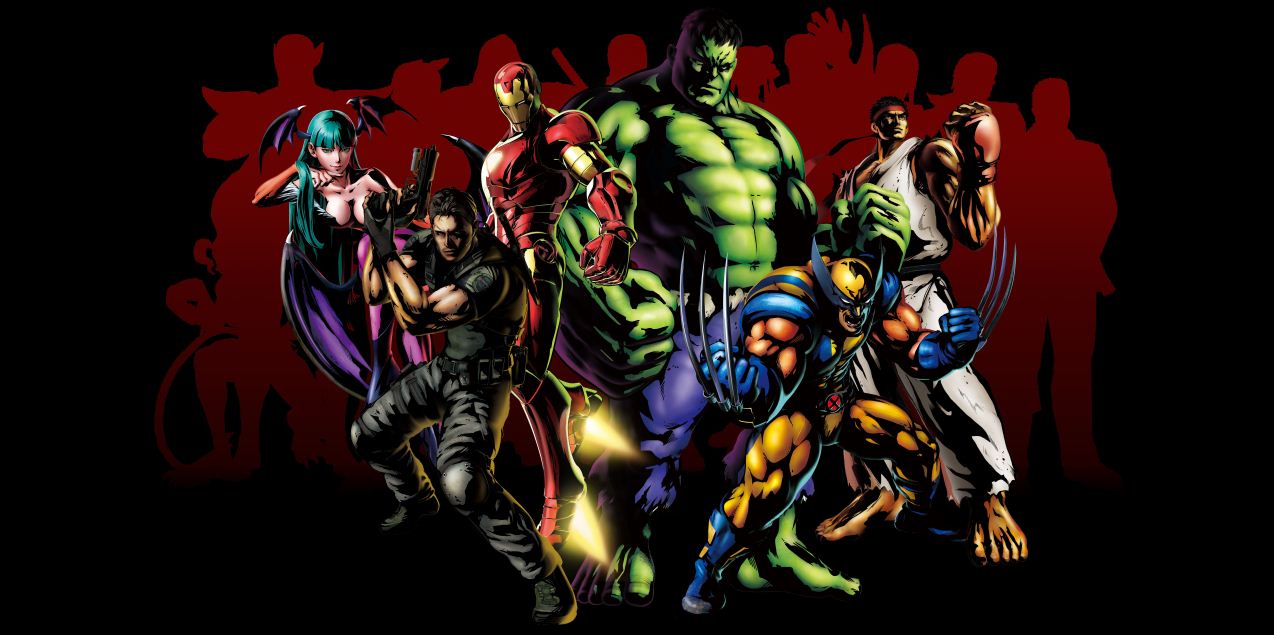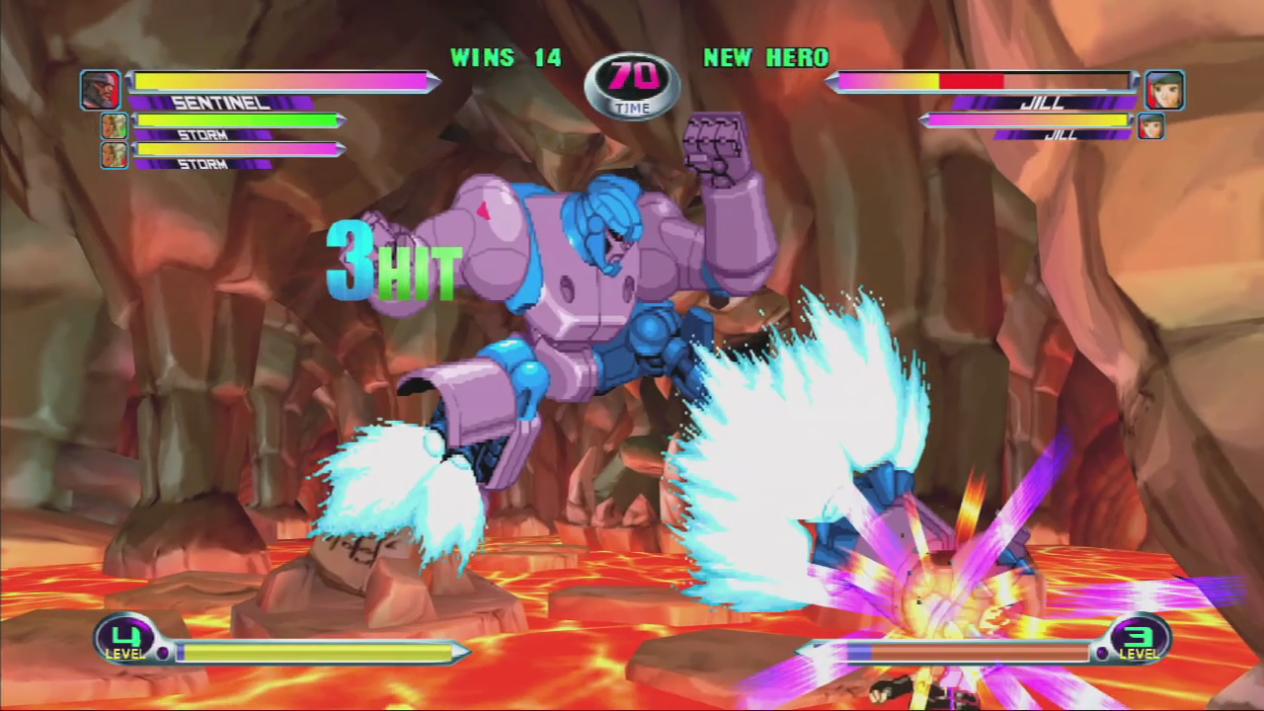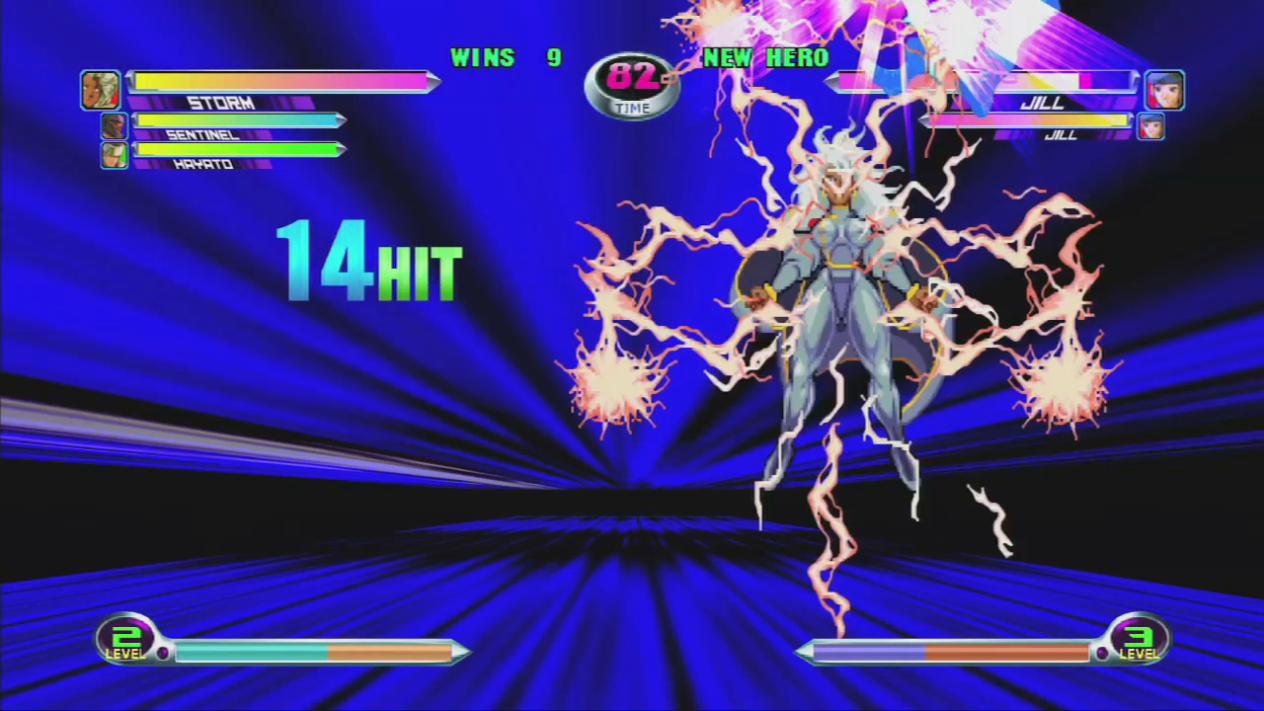Editor's note: Thomas is a self-admitted hustler from the old arcade game scene, which gives him a unique perspective on what he'd like to see in the recently announced Marvel vs. Capcom 3. -Brett

Marvel vs. Capcom 2 paid half of my college tuition. As my friends worked part-time campus jobs, I trolled the shadiest arcades around Atlanta, Georgia, hustling unsuspecting players.
The real money was at competitive fighting tournaments. At those tournaments, I kept a low profile. My triumphs were never recorded with a shaky camcorder, and I never made ladies cry with joy like a professional Korean Starcraft player. I was absent of a gaming handle; my tournament persona resembled a shadowy creature that lurked in the competitive scene. If no one knows who you are, it’s easy to convince someone to play you for money — lots of money.
Sadly, I won't be able to continue hustling ego-driven teenagers from arcades when Marvel vs. Capcom 3 comes out. The arcade scene is dead, fighting game fans now hide behind TV screens and compete for digital points instead of physical money. Instead, I'll have to play the game for the simple joy of it.
To that end, here are three things I hope Marvel vs. Capcom 3 retains from Marvel vs. Capcom 2.
Chain Combos
Marvel vs. Capcom 2 appealed to a large audience because players familiar with the Street Fighter series felt comfortable with it and could easily perform special moves and chain combos. By chaining combos, I mean that players can seamlessly combine weak attacks with strong attacks. Every character in Marvel vs. Capcom 2 had a basic combo that went along the lines of weak punch, weak kick, medium punch, medium kick, and then super move.

Compare that to a link combo system, such as the one used by Street Fighter 4. In a link combo system, weak attacks do not necessarily combo into stronger attacks. Instead, combos are performed by linking together moves with recovery times faster than an opponent's hit animation.
I prefer the chaining system because my execution has never been on a high level and it makes learning combos much easier. I hope Marvel vs. Capcom 3 sticks with the chain system.
Huge Buffer Windows
This is little known feature outside of the competitive scene. Buffering is directly related to 2-1 combos, where a player inputs commands for moves during an action before it is displayed on the screen.
People do it all the time without realizing. For example, Storm’s infamous air combo from Marvel vs. Capcom 2 that ended with Lighting Attack and then Lightning Super can be easily done with buffering. While Storm is hitting an opponent with Lightning Attack the player can perform the inputs for the super move.

This is why players can immediately follow special moves with supers — they are buffering inputs. The buffer windows in fighters vary from game to game. Virtua Fighter is notorious for having very small windows, while the Vs. series is known to be much more lenient. Gracious buffer windows make a fighting game physically more enjoyable to play, and I hope that Marvel vs. Capcom 3 keeps the buffer windows large.
Glitches
Sometimes I can be a horrible person when playing fighting games. I love exploiting glitches. Feeding off the tears of an unsuspecting victim of a graveyard or Gambit glitch at the arcade is more satisfying than any experience I've had on HD consoles. Glitching an opponent is like showing them a portal to a parallel universe where everything they know and understand about reality has been completely torn asunder.
If I can’t have Gambit try to kill 999 Servbots in a single super in Marvel vs. Capcom 3, I'll consider the game a complete failure as a sequel.
[embed:http://www.youtube.com/watch?v=aQKH8N60EKc ]


